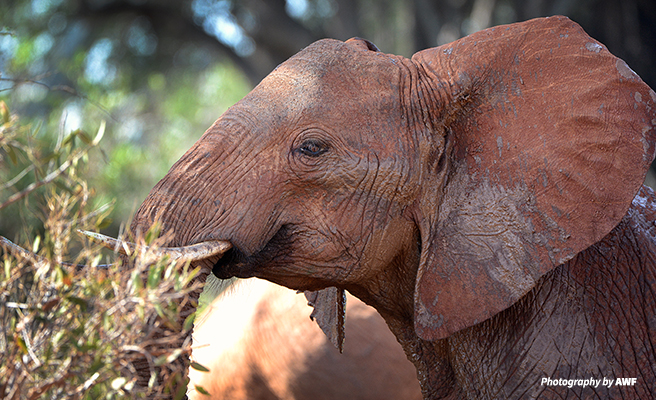Addressing the issue of human–wildlife conflict

While it’s often what gets the most attention, wildlife trafficking isn’t the only threat to Africa’s wildlife. As people and wildlife increasingly find themselves in closer quarters a new problem is intensifying: that of human–wildlife conflict.
Human–wildlife conflict is borne out of a competition for limited resources, including water to drink, food to eat and space to live. As human settlement increasingly expands, areas that have been historically inhabited by wildlife are converted into agricultural plots or grazing areas for livestock.
Rural communities rely on farming and livestock to feed and support themselves—these practices are an integral part of their way of life. At the same time, however, these activities convert critical wildlife habitat, often driving out of the landscape many species that resident carnivores relied on for prey. Without their usual food source, lions and leopards often turn to the next available option: community livestock.
But carnivores aren’t the only wildlife that comes into conflict with communities. Elephants also cause their fair share of trouble, often raiding community crops. In a matter of hours, a group of elephants can completely decimate an entire field, and a critical source of income for the owner of that field.
It’s no surprise, therefore, that communities have taken to retaliating for the loss of their cattle or crops, often attempting to kill the offending animals. This struggle for survival by both parties is at the heart of the human–wildlife conflict issue.
Mitigating this conflict requires solutions that protect both wildlife populations and human livelihoods. At the same time, steps need to be taken to help communities realize the benefits that living in harmony with wildlife can provide.
A collective effort
Taita Teveta County encompasses a sizeable portion of Kenya’s Tsavo National Park. It’s also a hotspot for human–elephant conflict. “When the fields are green, it is very hard to keep the elephants away from the farm,” says Abiud Mwanduka Mwarema, a 51-year-old farmer in the area.
AWF and the Kenya Wildlife Service (KWS) joined forces to address this issue, providing specialized training and equipment that would help keep elephants at bay. LED torches (flashlights) were provided to community members to help them raise the alarm and potentially scare off intruding elephants. KWS rangers, meanwhile, were given thunder flashes (which are like small firecrackers) that would serve as a much stronger incentive for the elephants to vacate the area.
Zainab Salim, KWS Tsavo senior warden, Taita Taveta, says working directly with communities to address human–wildlife conflict is essential. “By empowering them with such tools, they are now part of the solution rather than simply feeling like victims. They have an immense role to play,” he explains.
AWF has also helped encourage an attitude of wildlife protection—rather than just frustration from conflict with wildlife—by helping communities establish conservancies. With conservancies, landowners collectively agree to set aside their land for conservation, typically in return for certain benefits. Often, those benefits take the form of employment and revenues: Community members may be employed as scouts to protect the land from poaching or resource extraction (such as the cutting down of wood). Similarly, conservancies often share tourism revenues with a lodge built within its boundaries.
For local residents like Mwarema, all of these efforts are much needed. “We hope these tools and training will provide some answers to this problem in this area,” he adds.